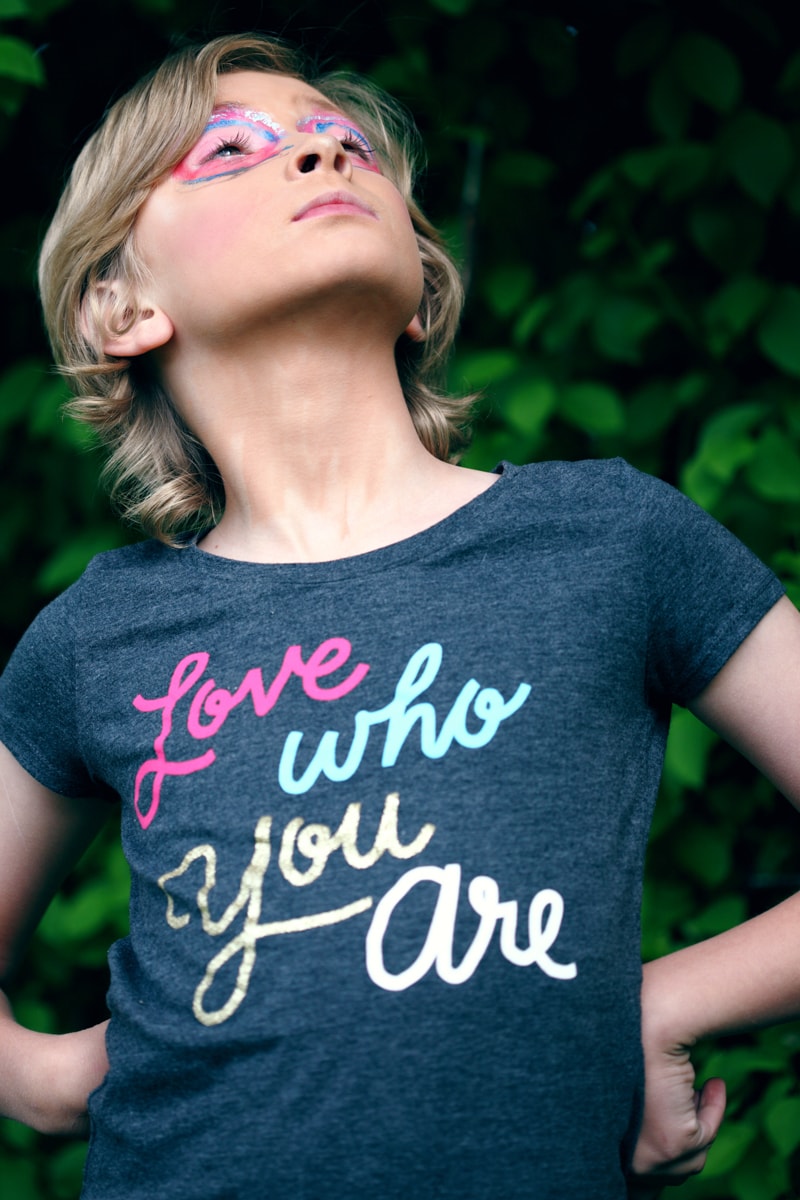Imagine Child Protective Services removing you from your home without notice. Imagine then being placed in a strange home with people you don’t know. Scary, right? But for the children we serve, it is a harsh reality that is all too familiar. Now imagine all of that, and add to it being transgender or gender expansive. You already felt disenfranchised in your own body and now feel disenfranchised in your life, too.
Disproportionate stats.
There is a disproportionate number of transgender and gender expansive kids in foster care across the country. A 2014 study of foster youth in Los Angeles showed that 5.6% of youth in care identified as transgender. Another 11.1% identified as gender non-conforming. These numbers are more than double the number of transgender and gender expansive youth not in foster care.
Transgender kids often come into care due to lack of acceptance and maltreatment by families. Once they arrive in the system, they frequently suffer micro-aggressions and outright discrimination. They face this, not only from other children they encounter, but also from the people charged with their care. Caseworkers, foster parents, treating professionals, direct care staff, and countless others.
A heartbreaking reality.

Photo by Sharon McCutcheon from Pexels
Transgender and gender expansive kids are more likely than their peers to attempt suicide and/or experience homelessness. They are more likely to use substances, experience bullying, and run away from home. Many are subjected to inhumane efforts to rid them of their gender identities such as reparative therapy or conversion therapy. Their families often abandon them, or they run away due to lack of acceptance by their caregivers or their communities.
When they come into care, agencies often place them based on their sex assigned at birth rather than their affirmed gender identities. Systems often force them to live in a gender role that does not match their identities. They also suffer many placement disruptions. Transgender and gender expansive foster kids more often find themselves in group foster homes. Many families don’t want to adopt a transgender child.
Crossnore’s commitment to all children.
Here at Crossnore we value all children. We currently have six transgender or gender expansive kids on our residential campuses. Over the last year we have served an additional 10 or more in our residential and community foster care placements. We provide gender affirming accommodations for our residents by creating an individualized plan for each.
Playing an active role in their own care plans.

Photo by Sharon McCutcheon on Unsplash
These children who come into our residential and community foster care programs play an active role in their own planning. They participate in the conversation and share their own thoughts about what will be most helpful for them. Some share rooms with their siblings. Others reside in co-ed residences with their own bathrooms to allow them to embody the gender that fits them best. Staff use the names and pronouns expressed by the children. They give them the space to have as much agency over their lives as possible.
Crossnore’s commitment to social learning guides us. We continue striving for new ways to support our transgender and gender expansive youth. We look to provide equity of care for all of our youth, regardless of their gender identity.
For more information on how you can support transgender and gender expansive individuals, visit The Trevor Project https://www.thetrevorproject.org/.



